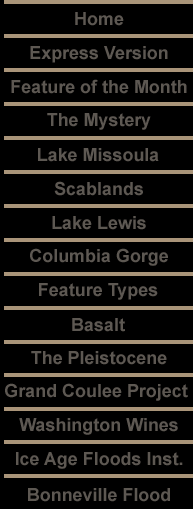So, what is it about this flood that makes wine so good?
The deposits are deep, relatively low nutrient and well drained. For vineyards this is perfect terroir; it means the vines grow very deep root structures to collect nutrients and water. The more the vine is integrated with the soil, the more it creates consistently good grapes. Just so you know, there is a strange correlation to the highest rated wines coming from mature vineyards with deep deposits of this special flood soil.
Concentrated Fruit Flavors
The younger soil keeps the wines tasting fresh and fruity but, in order to have the concentration, there needs to be a lot of sun. Eastern Washington is a high desert area that gets 300 days of sun!
Heightened Acidity
The acidity in Washington wines is typically higher than California wines. This is what gives Washington wines a tart mouth-watering taste and it also means they have age-worthiness. In order to produce grapes with higher acidity in a sunny area, the nights need to be cool. Cold nights reset the vineyards and make it possible so that as grapes ripen, they don’t lose precious acidity.
Medium Tannins
Great wines have tannin, but not too much. Wine growing and grape selection (e.g. Merlot) has a lot to do with how much tannin a wine has, however a region’s environmental traits affect how the tannin tastes. Thick skins and ripe seeds are important factors to a smooth and ‘sweet’ tasting tannin.
| 












